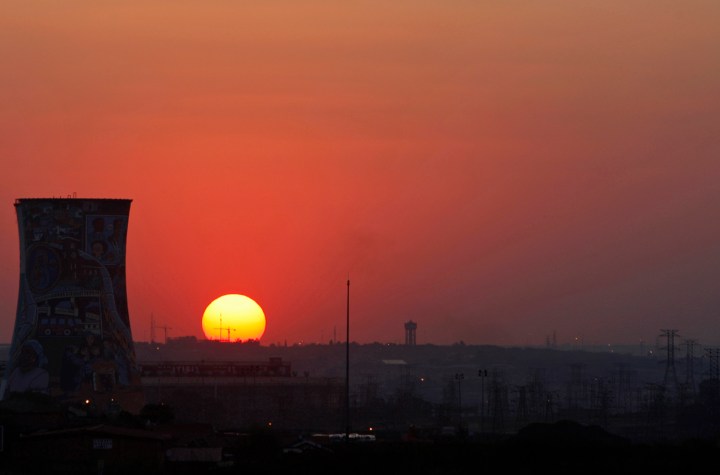Business Maverick, Politics
Nersa gives Eskom less than 26% increase, R75 billion less than it wanted

Regulators say Eskom will be allowed to increase its electricity tariffs by around 26% every year for the next three years. That’s the price of keeping the lights on, they say. High as it is, it’s far less than the 35% Eskom wanted. R75 billion less, in fact, than Eskom said is too little to guarantee that the lights would stay on.
Eskom originally said it would need to increase its prices by 45% every year until 2013 to prevent blackouts throughout the country when demand exceeded supply. Amid howls of protest it re-worked those figures, and said it could live with 35%. Just barely though, and that only if the Treasury coughed up some cash.
On Wednesday it got increases of 24.8%, 25.8% and 25.9%, the first effective on 1 April this year, then on the same date in 2011 and 2012.
The National Energy Regulator of SA (Nersa) says those increases will suffice to pay Eskom’s operational costs plus build all the new power stations that projections say will be required to keep up with economic growth. That implies Eskom loaded its request – which executives swore under oath is the lowest it could possibly go, by about one third.
Nersa says these increases should add less than 1.5% to national inflation every year.
The impact on home users is a lot more complicated, however. Most municipalities will only be allowed to increase their rates three months after the Eskom increases become effective – and then they’ll be limited to increases below those charged by Eskom. Municipalities that implemented a 34% increase in 2009, on the back of projections then available, will be allowed to increase their rates by 15.3%, 16% and 16.2% in each of the next three years respectively.
But it gets even more complicated. Those increases apply to a “average municipal electricty tariff level benchmark”, rather than the actual price paid by users. Those actual prices will range from 54 cents to 97 cents per kilowatt hour this year, then increase to between 60 cents and 130 cents per kilowatt hour in 2012.
Municipalities have until 30 April to submit their tariff applications to Nersa based on these numbers. Many of them are going to have an uphill struggle to keep to those limits, and we fully expect proclamations of severe poverty to be legion.
More immediately, however, Eskom will have to respond to the various lenders it has approached based on its tariff application. If the parastatal says it genuinely can not survive with the money Nersa has allocated to it, then those lenders aren’t going to stick to the initial interest rates negotiated. In which case the entire infrastructure building plan – and the country’s economic future – is thrown into doubt.
By Phillip de Wet
Photo: Reuters



















 Become an Insider
Become an Insider